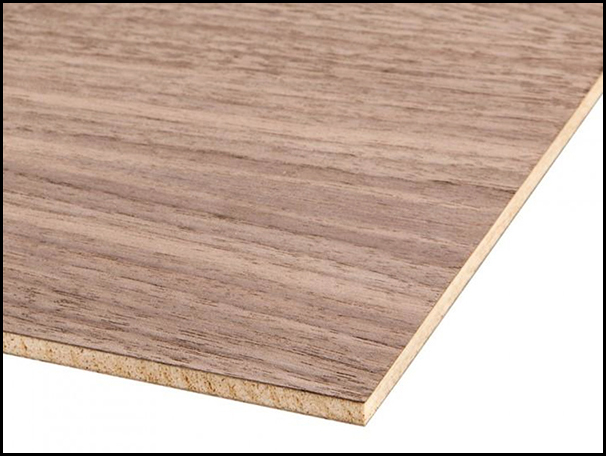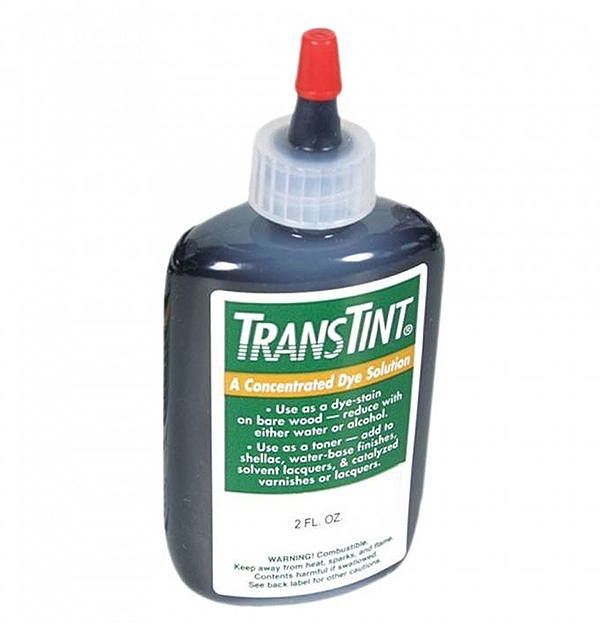
I am going to build a liquor cabinet. I will use either cherry or walnut for the frame, stiles and so forth. Due to the local availability, I will be using birch plywood for the panels. I would like to use water-soluble dye to stain the plywood. What color of dye should I get? Also, would I stain the cherry or walnut? – Earl Purcell
Tim Inman: Ah, that life could be so simple as to yield an easy answer for you! Alas, ‘taint so. Color work in furniture is a whole specialty in itself. It is both science and art. The final arbiter is the eye of the beholder (which may and almost certainly will be different between you and the ultimate owner!). Color is a very fugitive thing. My best advice is to test, test, test. I think you will want to stain the entire piece with a light and consolidating color that will bring all surfaces to the center of the end color effect you want. Then, almost certainly, the birch will need additional color work. Maybe another staining with the same material … maybe re-staining with a new stain and color … or maybe the addition of glazes and toners. See? It is a whole world open to possibilities. Water-soluble dye stains are very nice and give probably the best transparency. They (for better or worse) usually don’t hide many flaws or inconsistencies. I’d start with a dye stain, and progressively move to more dramatic and heavier pigmented materials. But to know, you MUST test, test, test.
Michael Dresdner: Water-soluble dye is certainly appropriate and easy to work with, but let me give you a couple of suggestions to make things go more smoothly. First, even though it does not look like it needs it, sand the plywood panels through the same grit sequence you sand the solid wood, though not as aggressively with the coarser grits. You don’t want to sand through the veneer. Sanding will help it take the dye more consistently and deeply. Second, if at all possible, dye and seal the panels before you put them in their frames. If you have not used dye before, practice on scrap panel wood. Mix the color and intensity you want, then flood it onto the panel liberally and wipe it all off immediately, leaving only what the wood has absorbed. Alter the color and intensity by adding more water or more dye in whatever color you need.
Whether you stain the cherry or walnut is up to you. You stain only if you don’t like the original color. As for which color to get, that depends on the color of the wood you are trying to match, but don’t assume you can hit the color with one dye. You may have to mix two or more to get the exact tone you want, and you’ll certainly want to test it out on scrap panel wood first. I like Homestead TransTint® dyes, and whether you buy online or at the store, there will be a color chart along with the color names to help guide you toward the right purchase.
Chris Marshall: Our finishing experts are recommending a somewhat involved staining and blending regimen, Earl. But I want to encourage you to at least reconsider using walnut- or cherry-veneered plywood instead of birch. Hardwood lumberyards will often carry specialty plywoods to match their hardwood species and in the same thicknesses as birch plywood (1/4-, 1/2-, 3/4-in.). If you are going to the effort of building a beautiful liquor cabinet, why not take things that final step and start with a panel veneer that matches the species of the solid wood? It will be a much easier staining task, because you won’t be moving from essentially a blonde panel color to a darker wood tone and attempting to make everything look the same. The veneer should also take stain similarly to the solid wood and, of course, it’s grain pattern will be very consistent with your solid wood because it will be the same species. While it will initially take more effort on the shopping side of things, I think you’ll be glad you did this in the long run. And hardwood plywood probably isn’t as hard to locate as it might seem. Talk with a local cabinet shop; I’ll bet they’ll know the closest plywood sources already or maybe even sell you sheet they have on hand. And don’t forget to consider Rockler — they carry both cherry and walnut plywood in shippable, 24- x 48-in. sizes in 1/4- and 3/4-in. thicknesses.






